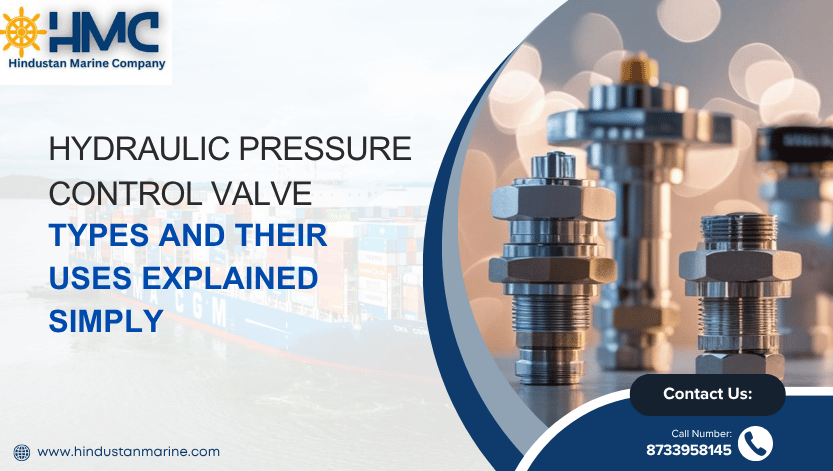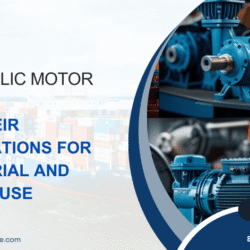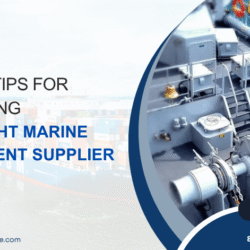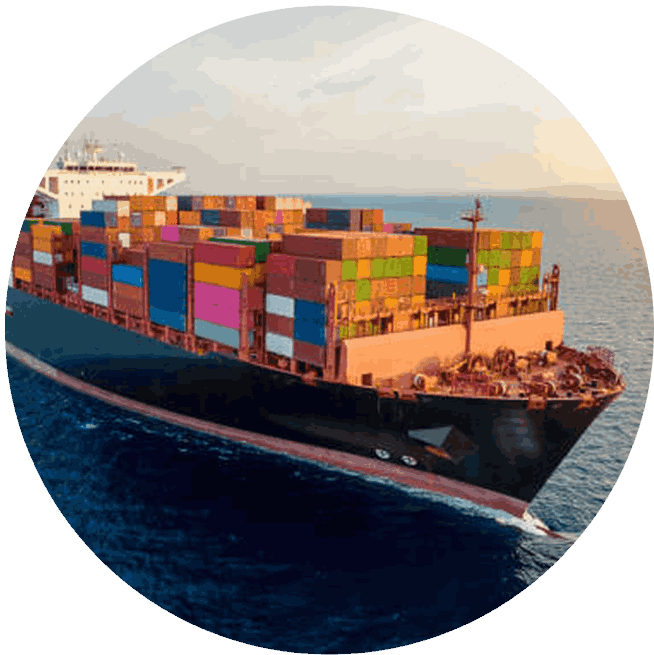
Hydraulic Pressure Control Valve Types and Their Uses Explained Simply
Hydraulic systems are the heart of many industrial and marine applications. But have you ever wondered how these systems maintain consistent pressure and prevent dangerous overloads? The secret lies in Hydraulic Valve Equipments & Parts that control pressure precisely and automatically.
In this article, we will explore the most common hydraulic pressure control valve types, how they function, and where they are used. Whether you’re a mechanical engineer, marine technician, or just curious about hydraulic systems, this guide will simplify the technical terms and show real-life applications.
What Are Pressure Control Valves in Hydraulic Systems?
Pressure control valves are safety and performance components in hydraulic circuits. Their main job is to regulate, limit, or maintain a desired level of pressure within a system. If the pressure gets too high, these valves open to relieve it — preventing equipment damage or failure.
There are several different valve types, each designed for specific pressure control tasks such as:
- Maintaining pressure at a set value
- Releasing excess pressure
- Sequencing hydraulic operations
- Assisting in directional flow control
Main Types of Hydraulic Pressure Control Valves
Based on insights from Kelly Pneumatics and Power & Motion Tech, here are the most important valve types used in hydraulic systems:
1. Pressure Relief Valves
These are the most common type. They prevent pressure from exceeding a set limit by diverting fluid back to the tank or reservoir.
Use Case:
Protecting pumps and actuators from pressure spikes in industrial machinery or marine hydraulics.
2. Pressure Reducing Valves
These valves lower the pressure in one part of the hydraulic system while maintaining higher pressure elsewhere.
Use Case:
Used in clamping systems and pilot lines to avoid damage due to excessive pressure.
3. Sequence Valves
Sequence valves allow one actuator to operate before another by controlling pressure flow sequence.
Use Case:
Essential in machinery with multiple hydraulic cylinders that need to operate in a defined order.
4. Counterbalance Valves
These maintain back pressure to prevent uncontrolled descent of a load, especially in vertical lifting operations.
Use Case:
Used in cranes, forklifts, or marine hoisting systems.
5. Unloading Valves
These direct flow from a pump to the reservoir when system pressure reaches a specific point — often used in dual-pump systems to conserve energy.
Use Case:
Boost efficiency and reduce power usage in mobile or industrial hydraulic units.
The Three Main Categories of Hydraulic Control Valves
As outlined in Hyspeco, all hydraulic valves generally fall under these three categories:
- Pressure Control Valves – Regulate pressure
- Flow Control Valves – Regulate flow rate
- Directional Control Valves – Control fluid direction
Among these, pressure control valves are the backbone of safety and precision.
Applications in the Indian Marine and Industrial Sector
In India, industries like marine operations, construction equipment, aerospace, and manufacturing rely heavily on reliable hydraulic control. With increasing adoption of automation, advanced Marine Hydraulics Equipments are becoming standard.
Popular Indian use cases include:
- Marine cranes on port vessels
- Hydraulic doors and hatches on naval ships
- Earthmovers and excavators in mining
- Injection molding machinery in factories
Latest Developments and Trends
According to a 2024 market report, the global hydraulic valve market is projected to reach USD 7.8 billion by 2028, with Asia-Pacific, including India, showing the fastest growth.
New innovations include:
- Electro-hydraulic valves integrated with IoT systems
- Compact, high-pressure valves for space-limited marine engines
- Environmentally compliant designs using bio-based hydraulic fluids
Choosing the Right Valve for Your System
Here’s a quick checklist before selecting a pressure control valve:
- Pressure Range: Know your system’s operating and maximum pressure
- Flow Rate: Ensure valve sizing matches system flow
- Function: Choose based on whether you need pressure reduction, sequencing, or relief
- Environment: Consider corrosion-resistant options for marine use
- Maintenance Ease: Go for modular designs that simplify servicing
Conclusion
Hydraulic pressure control valve types may sound technical, but they play a vital role in the safety, efficiency, and accuracy of any hydraulic system. From construction equipment to marine vessels, these valves are the unsung heroes that ensure smooth operations.
Whether you are upgrading an existing system or designing a new one, understanding these valves will help you make smarter choices — both technically and economically.
5 FAQs on Hydraulic Pressure Control Valve Types
- What are the main types of hydraulic pressure control valves?
The main types include pressure relief, pressure reducing, sequence, counterbalance, and unloading valves. - What is the function of a pressure relief valve?
It protects the system from overpressure by releasing excess fluid back to the tank. - Where are hydraulic pressure control valves used?
They are used in construction equipment, marine systems, factory machinery, and automotive systems. - Can one valve type be used for all hydraulic systems?
No, each valve type is designed for specific control functions and must match the application. - Are there smart hydraulic valves with electronics?
Yes, modern electro-hydraulic valves are IoT-enabled and offer real-time diagnostics and control.





 Fast Delivery
Fast Delivery Easy Returns
Easy Returns Instant Quote
Instant Quote Product Demo
Product Demo